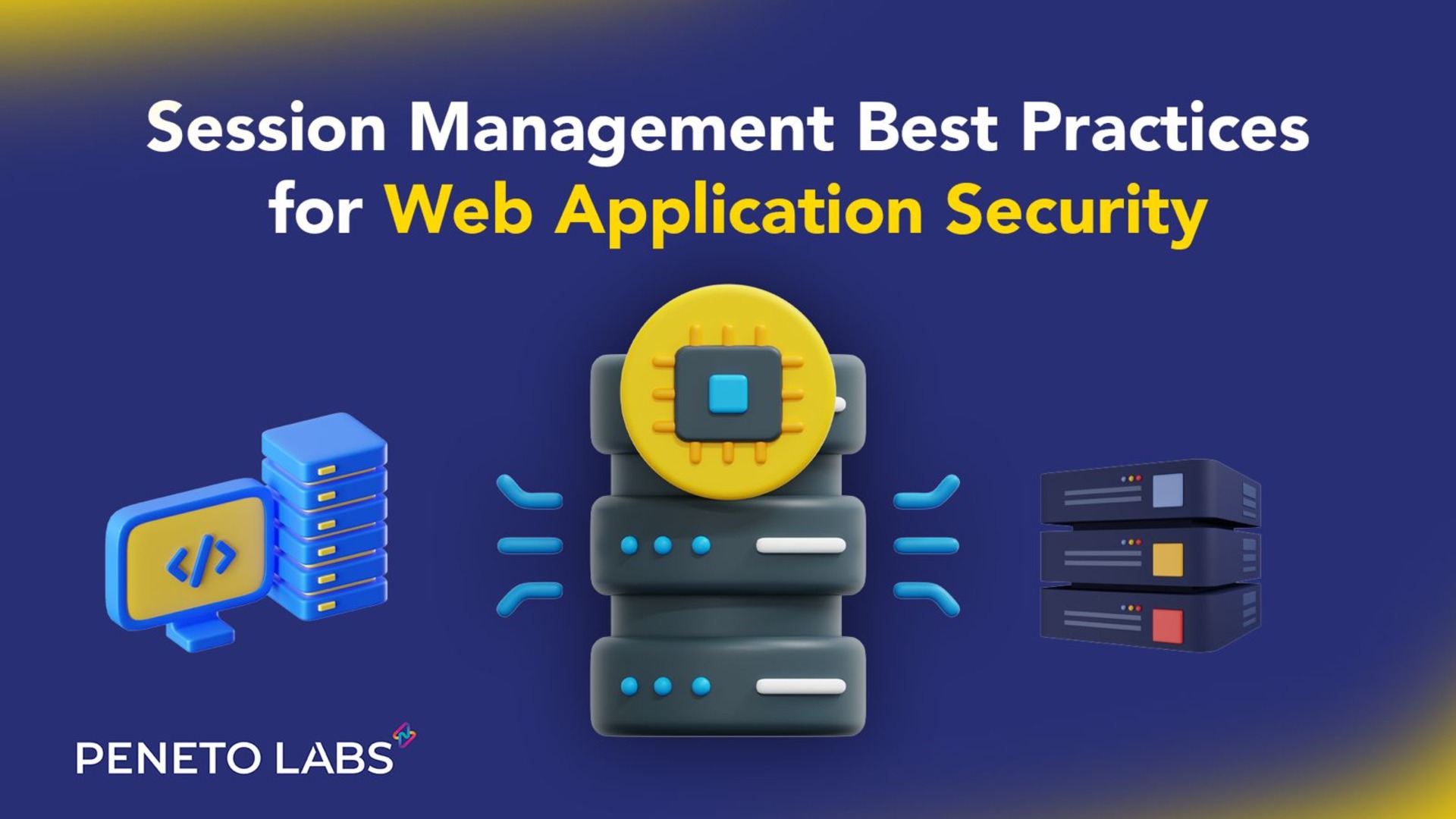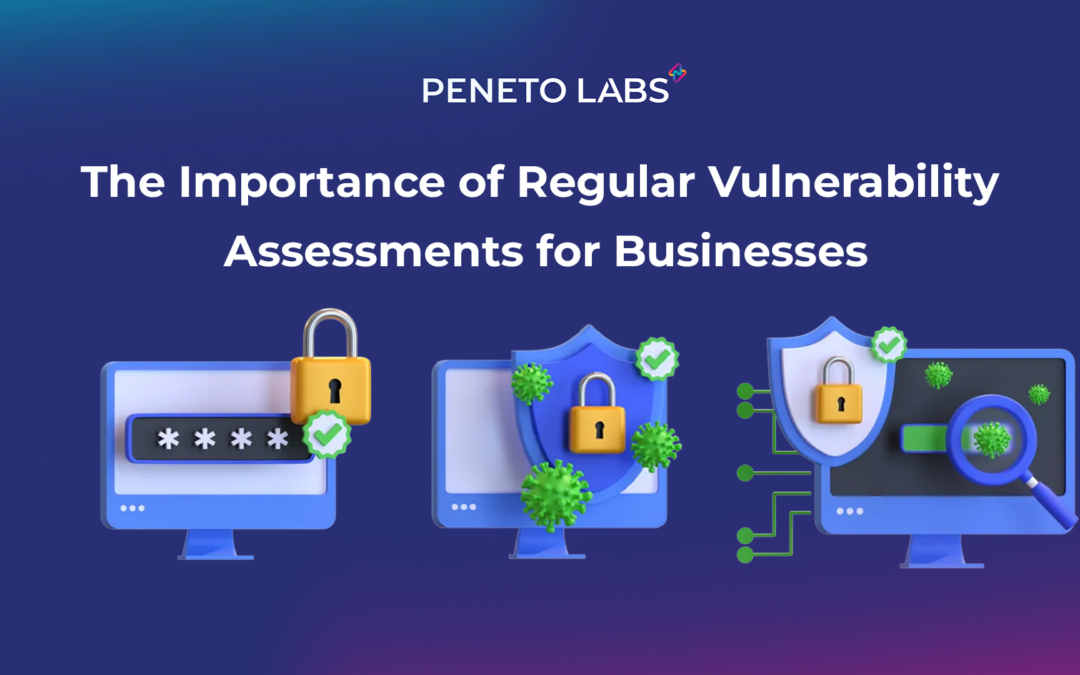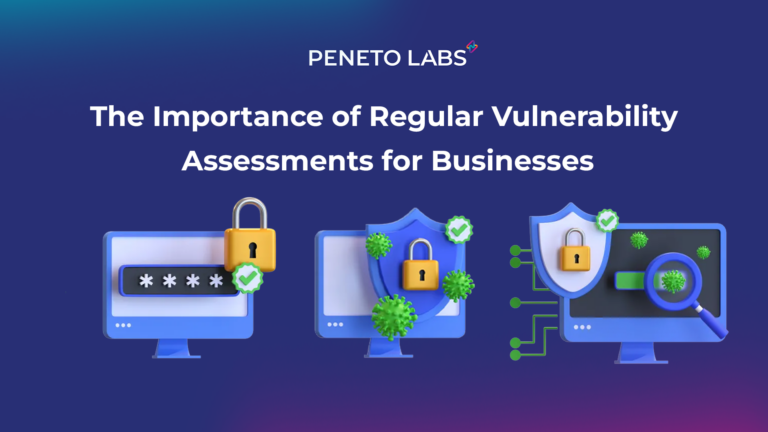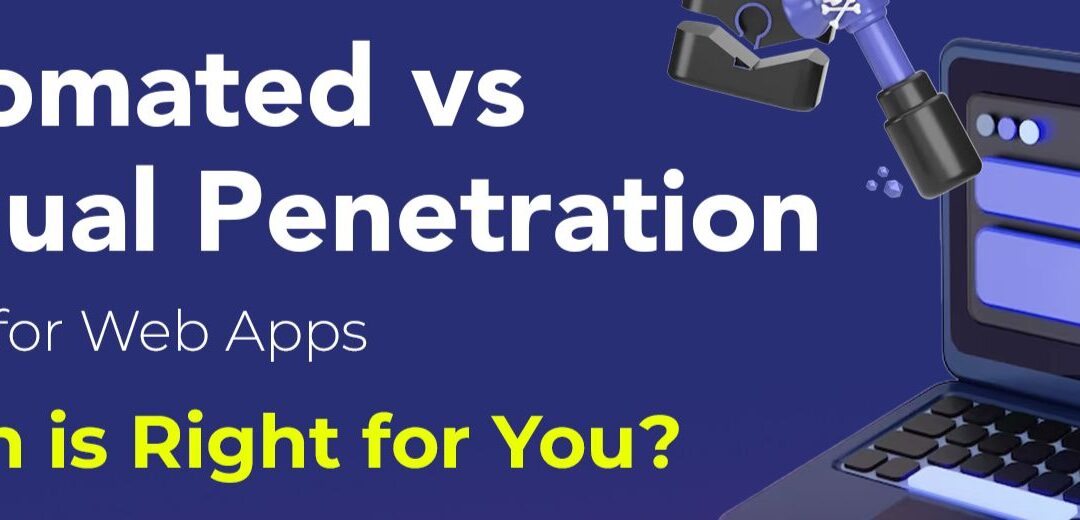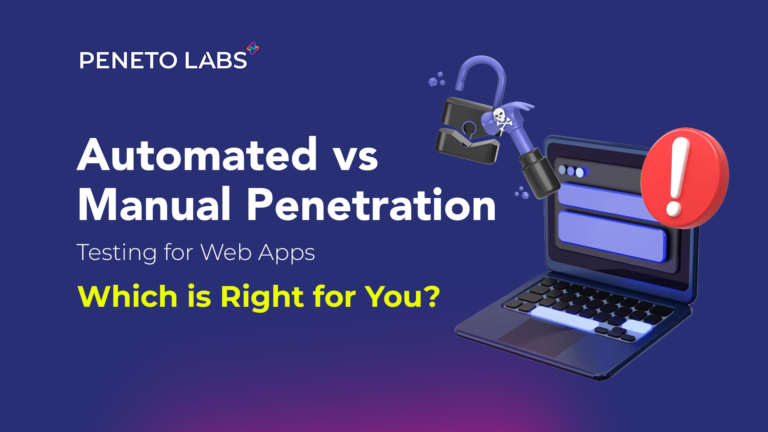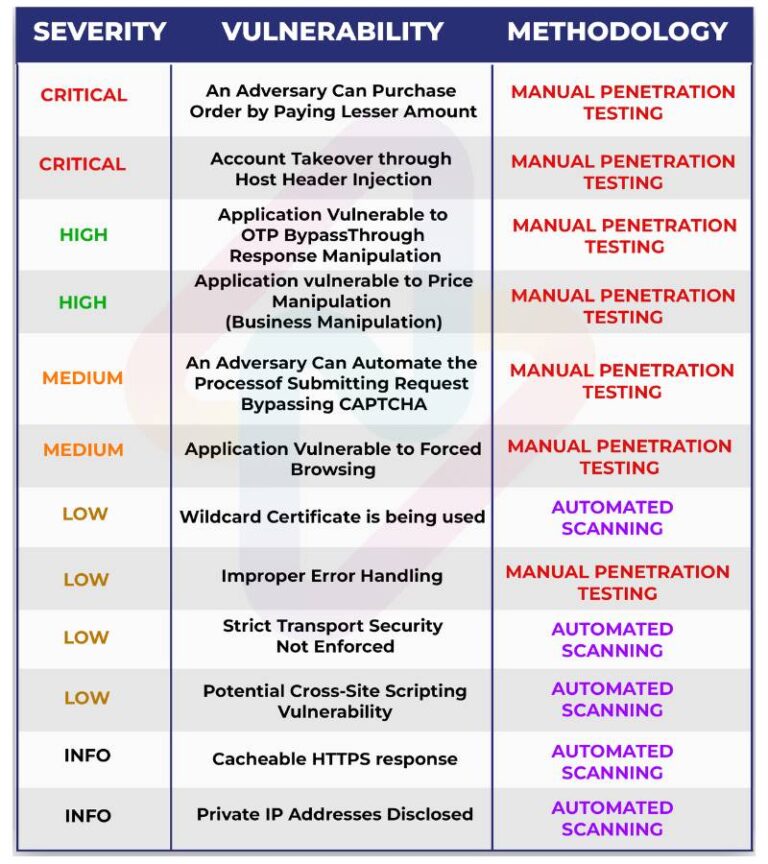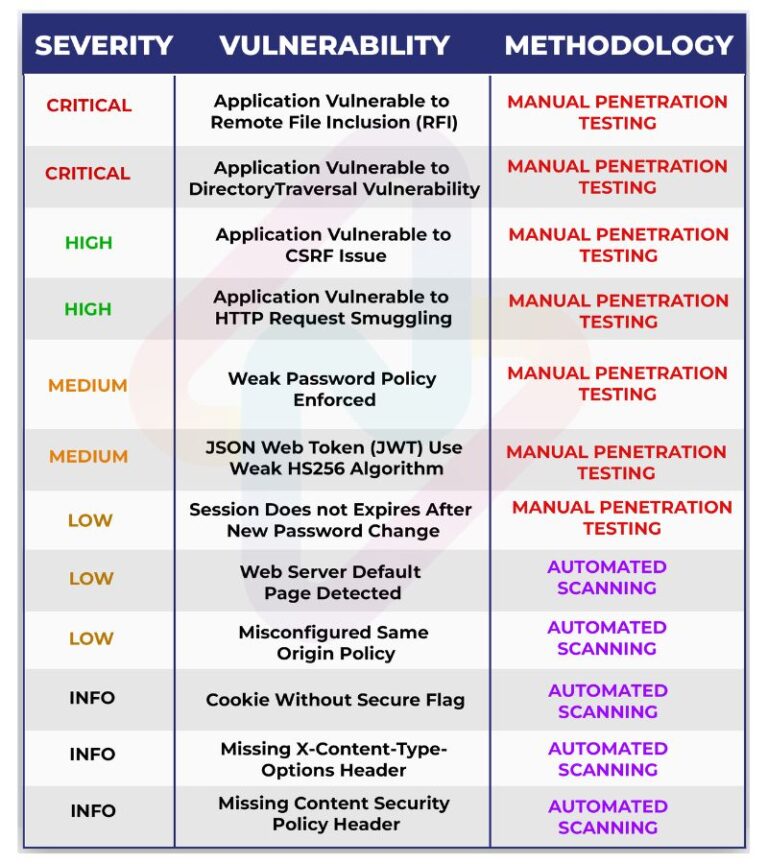Tips to Follow to Reduce the Business Impact during a Web Application Pentest
by admin | Jul 25, 2024 | Penetration Testing
Tips to Follow to Reduce the Business Impact during a Web Application Pentest

From researching to buying groceries, web applications have become integral to modern life. This crucial part of life is often a target for cyber attackers who use sensitive information to gain. Hence, web application penetration testing is an essential process to detect and address vulnerabilities, ensuring protection and security for the application.
Before we move forward, you should know that a web application pentest involves careful planning, communication, and execution. Investing in effective web application penetration testing is as crucial as building an application. But while a web application pentest happens, you might wonder what the impact will be on the business. This happens because every data related to sensitive information, monetary transactions, and business reputation is at stake.
Understanding your every concern, this blog will discuss important tips and tricks for reducing the business impact during a web application pentest. Let’s dive in!
What is a Web Application Pentest?
Tips & Tricks to Follow
Pre-Test Planning
Pre-testing planning is a crucial phase before you actually start manual or automated penetration testing. This phase lets you schedule wisely and define every objective for a successful pentest, ensuring comprehensive, robust, and efficient test execution.
Conducting a successful web application pentest is certainly not a small task. For a smooth execution, meticulous planning, intricate decision-making, and internal expertise are needed. Experts say it is better to conduct tests during off-peak hours or periods with minimal critical business activities. This helps minimize disruptions to users’ and web applications’ daily operations.
Further, defining the goals and objectives of web application penetration testing makes it easy to implement. Developers can determine the depth of testing, identify the target areas to be tested, and specify any testing constraints.
Communication and Coordination
The internal teams of testers and other members should have regular meetings for updates. This way, you can discuss progress in a timely manner, address concerns, and make amendments if necessary. Moreover, this ensures that if there’s any potential impact on business operations, it can be addressed immediately. With clear communication, the team will better understand their roles and responsibilities, preventing misunderstandings.
In addition, having a specific point of contact with experience in IT infrastructure will help you make decisions quickly if required. This person can act as a liaison between the testers and internal and external teams for smooth coordination. Consequently, by fostering open communication, organizations can ensure an efficient and successful web application penetration process without significant disruptions.
Backup and Redundancy
Further, having redundant systems for your web application’s critical components helps maintain operational continuity. This includes backing up servers and equipment and maintaining alternate storage for data. Moreover, your business operations will continue smoothly without any disruptions.
Performance Monitoring
Security Measures
For critical systems, it is better to consider the aggressiveness and depth of the tests. Simply, this means focusing on detecting vulnerabilities without pushing the system to breakpoints. This approach helps manage the scope and intensity of the tests and ensures critical business functions remain unaffected.
Post-Test Clean-Up
Once the penetration testing is done, testers provide a detailed final report to recommend fixes, if any. This report includes a detailed explanation of identified vulnerabilities, potential impact, and steps for remediation. Further, this helps address the issues promptly, enhancing security from potential exploits.
Incident Response Plan
Every application has a plan tailored to the specific risks and scenarios. The key components on which every tester should focus are defining the roles and responsibilities for incidents, communication protocols, documentation guidelines, and post-resolution analysis.
Since regular web application pentest are necessary. This incident response plan ensures that the plan is aligned with potential threats. Moreover, preparing for contingencies helps minimize the impact and swiftly restore them to their original state.
Learning and Improvement
Conclusion: Plan Success with PenetoLabs
Web application penetration testing is an ongoing process that must be integrated into the development lifecycle. Regular testing and collaboration between the testing teams and internal stakeholders help remediate vulnerabilities and maintain a robust security posture.
Further, staying ahead of emerging threats and following the best practices and technologies help provide a safeguard against potential cyber threats. By following the above-mentioned tips, testers can minimize the impact on business during web application penetration testing while ensuring effectiveness.
PenetoLabs has a proven track record of offering clients the best cybersecurity services throughout a range of industries. With a team of highly professional and experienced individuals, enhance your chance to improve your security posture.

